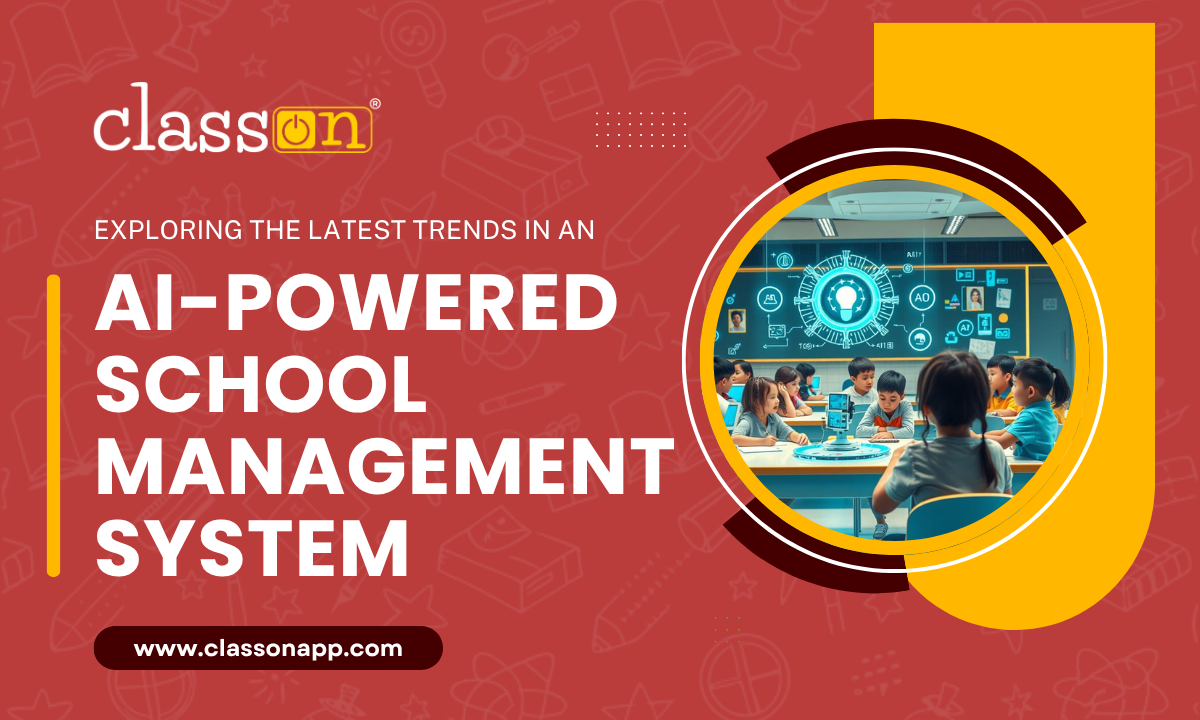
In today’s fast-paced educational landscape, technology plays a pivotal role in enhancing efficiency and productivity. School Management Software (SMS) and Learning Management Systems (LMS) are two key software solutions that have transformed educational institutions’ operations. Integrating these powerful tools can unlock numerous benefits for schools and educational stakeholders.
Today, we will explore the advantages of these two software and how they can streamline administrative tasks, improve communication, and enhance the learning experience.
Streamlining Administrative Tasks
Efficiently managing administrative tasks is a critical aspect of running any educational institution. By merging them, schools may expedite many administrative operations. School automation software reduces the time and effort necessary for student enrolment, attendance monitoring, and grade management. This interface reduces the need for duplicate data entry, ensuring that student information is consistent across platforms.
Furthermore, it also allows for the efficient maintenance of student records, including personal information, academic background, and health information. Teachers can seamlessly access relevant student information by integrating this data. This integration of School Management Software and Learning Management Systems empowers educators to tailor their teaching methods based on individual student needs, fostering personalised and compelling learning experiences.
Enhanced Communication and Collaboration
Effective communication among teachers, students, and parents is crucial for the success of any educational institution. Integrating both software facilitates seamless communication channels, strengthening collaboration among all stakeholders.
This integration allows teachers to share learning materials, assignments, and announcements effortlessly. Students can access these resources anytime, anywhere, promoting a flexible and interactive learning environment. Moreover, students can submit assignments electronically, reducing paperwork and providing a centralised platform for managing student work.
Parents also benefit from this integration as they gain easy access to their child’s academic progress, attendance records, and communication with teachers. Real-time updates through SMS or email notifications keep parents informed about important school events, parent-teacher meetings, and student performance. This increased transparency and communication bridge the gap between schools and parents, fostering a supportive educational community.
Efficiency and Productivity
This Integration significantly enhances overall operational efficiency and productivity. By automating routine administrative tasks, educators can focus more on delivering quality education. Teachers can create and share interactive lesson plans, conduct online assessments, and monitor student progress. This automation streamlines grading processes, reducing manual effort and minimising errors.
School administrators can develop comprehensive reports, track student attendance, handle fee payments, and manage transportation logistics using them. The centralised system provides real-time credentials to critical data, enabling administrators to make informed decisions promptly.
Similarly, connection with School management Software enables for more efficient financial management by allowing schools to generate invoices, track payments, and manage budgets. This integration also allows for more efficient resource allocation, ensuring that classrooms are used effectively and educational materials are conveniently accessible.
Improved Data Analysis and Reporting
Data analysis and reporting have been improved. By using them, educational organisations may use data to make educated decisions. Schools can build complete statistics on student performance, attendance patterns, and academic results by merging data from different sources. Using data, educators and administrators may identify areas for improvement, execute targeted interventions, and evaluate progress over time. Furthermore, integrating software systems yields useful insights into instructional approaches, curriculum efficacy, and resource allocation.
Schools can analyse this data to adapt and refine their strategies, fostering continuous improvement and better student outcomes. By embracing data analysis and reporting, educational institutions can make data-driven decisions that enhance teaching and learning practices.
Improved Accessibility and Flexibility
This combination improves accessibility and flexibility in education. Students can access learning materials, assignments, and resources at their convenience, breaking the barriers of time and location. Flexibility allows students to study independently at their own pace and accommodate different learning styles.
Furthermore, the integration facilitates remote learning and blended learning models, allowing students to continue their education outside the typical classroom environment. Teachers can share personalised feedback and assistance with students, assuring specific attention and guidance.
Improved access and flexibility allow students to take control of their education and create a more inclusive learning environment.
Finally, combining School Management Software with Learning Management Systems allows educational institutions to use data to make wise choices. Schools may identify areas for improvement, execute targeted interventions, and evaluate progress over time by integrating and analysing data on student performance, attendance, and curriculum effectiveness. This integration enables educators and administrators to design more effective and customised learning environments.






